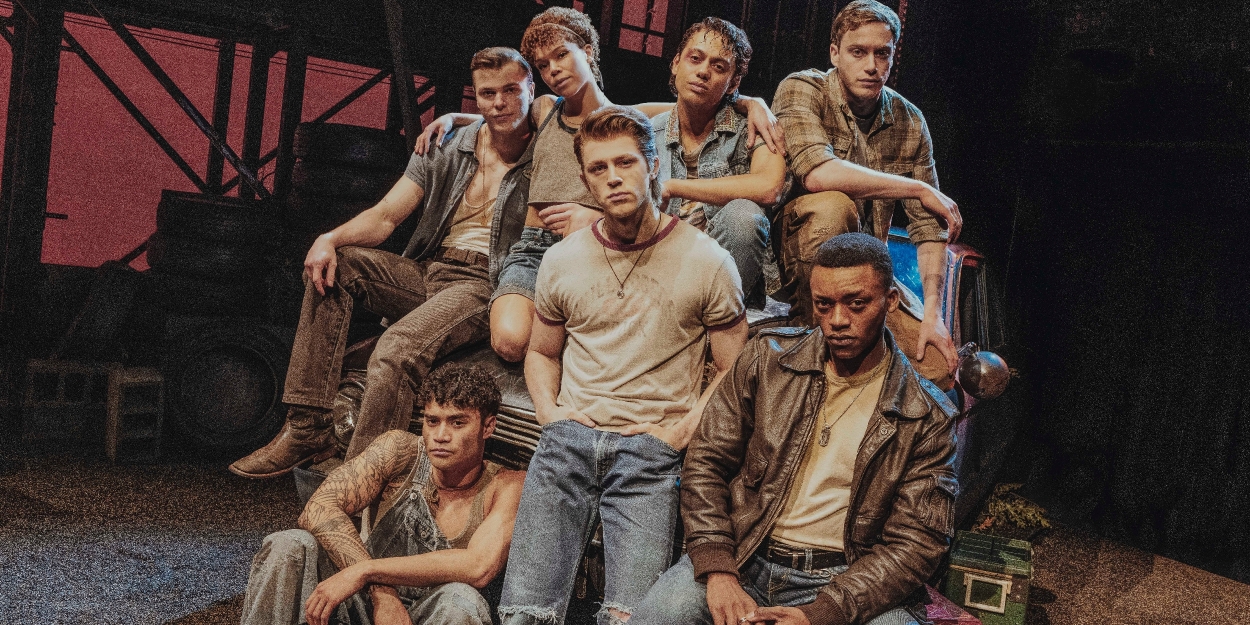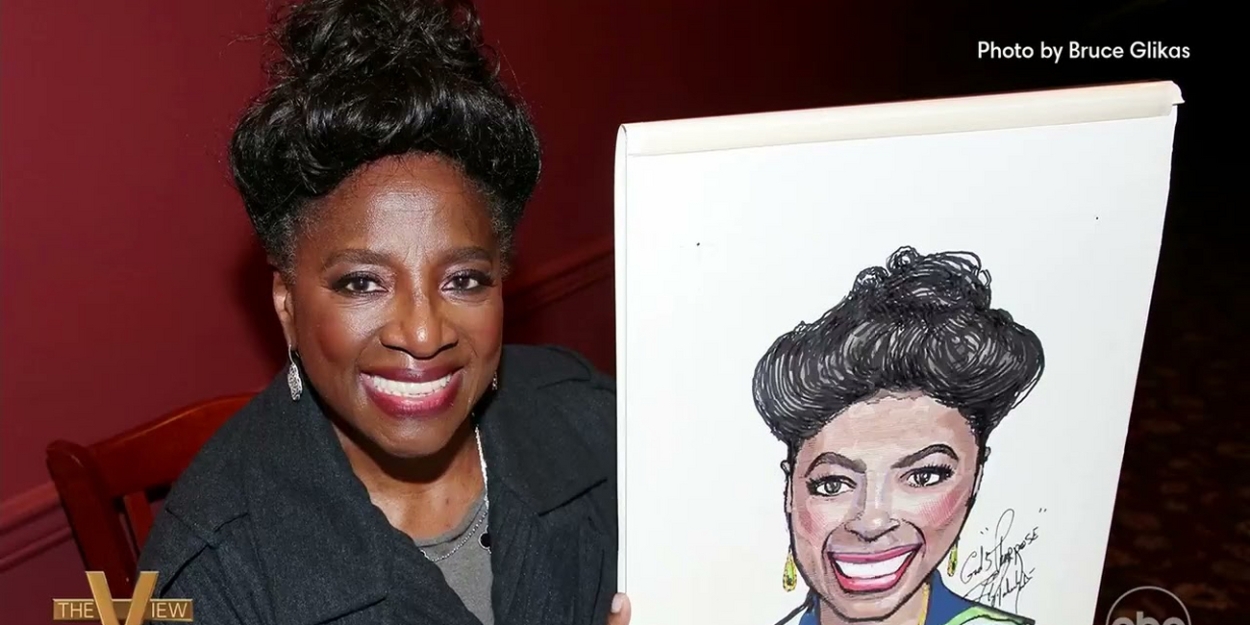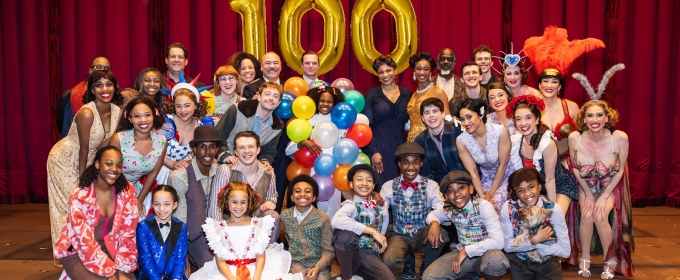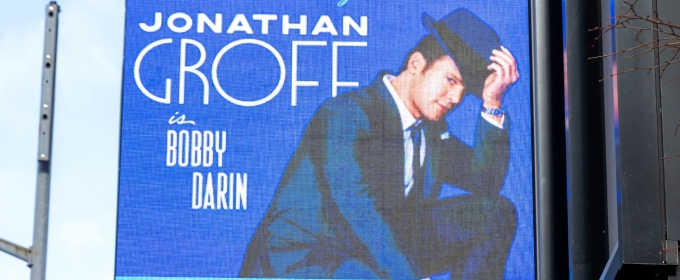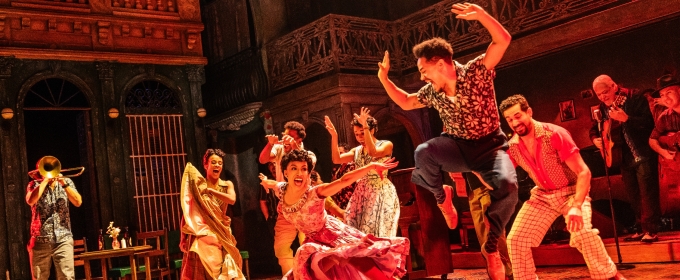Trending Stories
Recommended for You
Review Roundup: OTHELLO, Starring Denzel Washington and Jake Gyllenhaal
Othello is now running on Broadway at the Ethel Barrymore Theatre
Review Roundup: Sarah Snook Stars In THE PICTURE OF DORIAN GRAY On Broadway
This new adaptation is written and directed by Kip Williams.
John Krasinski Will Lead ANGRY ALAN Off-Broadway
Sam Gold will direct the limited 10-week engagement.
Meet the Cast of FLOYD COLLINS, Now on Broadway
The production opens on Monday, April 21 at the Vivian Beaumont Theater.
Ticket Central
Industry
West End

Video: Myles Frost Reprises Tony-Winning Role In MJ THE MUSICAL West End
Check out Myles reprising the role that made him a star in video from the new production as he and the show's ensemble perform, 'What About Us?'
Check out Myles reprising the role that made him a star in video from the new production as he and the show's ensemble perform, 'What About Us?'
New York City

See Lorna Luft & Andrea McArdle and More at 54 Below in April
April will also feature Marilyn Maye, Donna McKechnie and more.
April will also feature Marilyn Maye, Donna McKechnie and more.
United States

Lindsey Brett Carothers, Darryl Semira And More Join STARRING BUFFALO SINGS RODGERS & HAMMERSTEIN
The performances will take place at 7:30pm on Friday, May 16, and at 2:00pm & 7:30pm on Saturday, May 17.
The performances will take place at 7:30pm on Friday, May 16, and at 2:00pm & 7:30pm on Saturday, May 17.
International

Photos: I, BANQUO At Hedgrow Theatre Company
I, Banquo runs from March 26 to April 6, presented in Hedgerow’s 100-seat theatre.
I, Banquo runs from March 26 to April 6, presented in Hedgerow’s 100-seat theatre.











